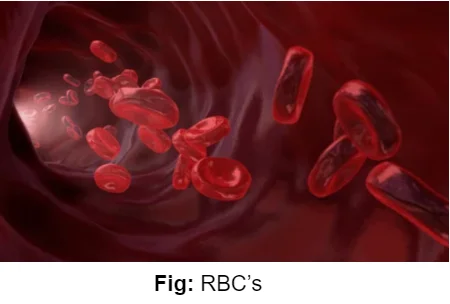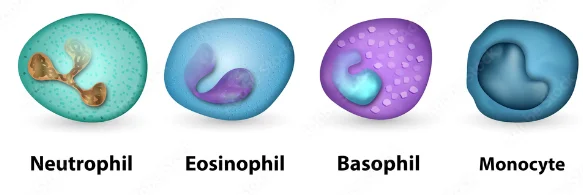![]() June 4, 2024
June 4, 2024
![]() 3188
3188
![]() 0
0
Understanding the composition and functions of human blood is essential for grasping its vital role in the body. From plasma to formed elements, blood carries nutrients, oxygen, and waste products throughout the body, ensuring proper functioning.


| Blood Group | Antigen on RBCs | Antibodies in Plasma | Donor’s Group |
| A | A | anti- B | A, O |
| B | B | anti- A | B, O |
| AB | A, B | nil | AB, A, B, O |
| O | nil | anti- A, B | O |
| Table: ABO Blood Groups & Donor Compatibility | |||
| Must Read | |
| Current Affairs | Editorial Analysis |
| Upsc Notes | Upsc Blogs |
| NCERT Notes | Free Main Answer Writing |
Conclusion
<div class="new-fform">
</div>
Latest Comments